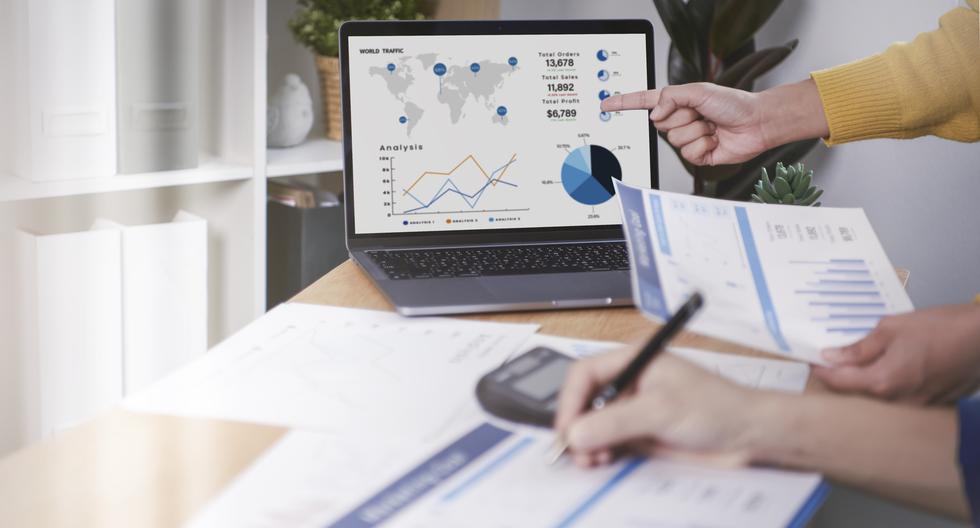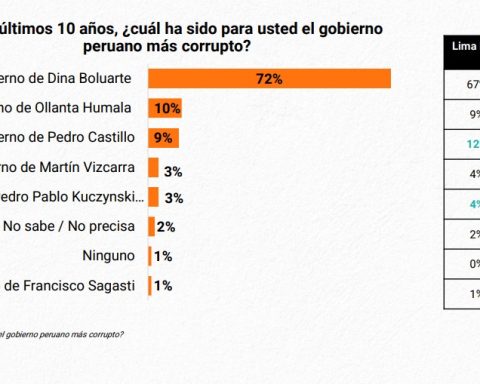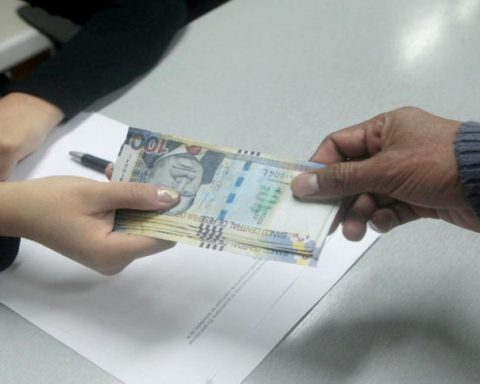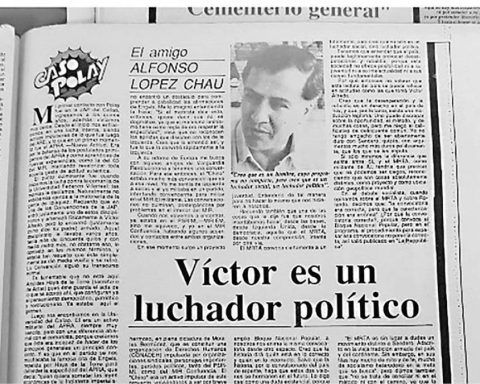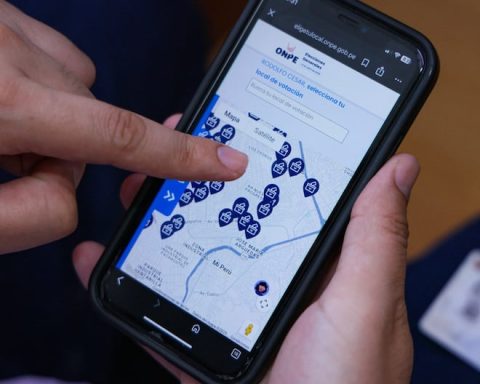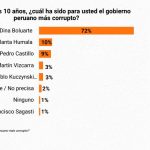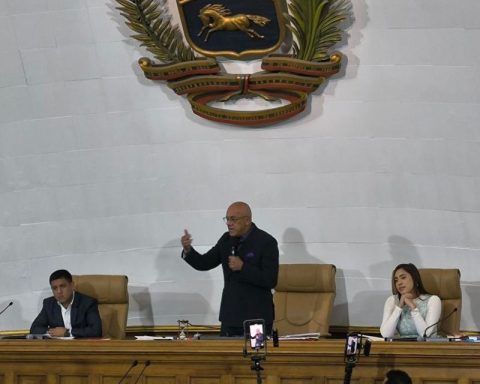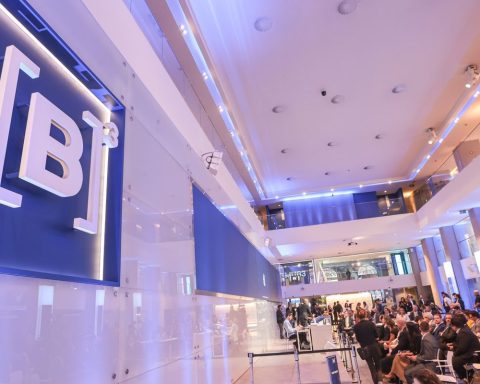According to the performance of economy worldwide, the growth prospects for the Peruvian economy have been diminishing throughout this year; being so that local entities such as the BCR and the MEF; and international, such as the International Monetary Fund (IMF) and the World Bank, have cut their projections for Peru in the remainder of 2022.
In a context of economic slowdown, the rate of inflation is reducing people’s purchasing power, with the result that savings are losing value, leading Peruvians to evaluate more the option of investing rather than saving.
“Thus, in the World Investor Week, the financial education of the investor and the protection that must be given to him, from the main regulators of the stock market, through essential and clear information for making decisions about his capital, becomes more important.”, comments Adriana Cuéllar, country manager of Libertex.
From saver to investor: taking advantage of savings
Cuéllar comments that it is important to take financial education into account if you want to start investing. “It generates greater awareness when managing personal finances, choosing the product that fits the risk you want to assume and, above all, recognizing and exercising your right as an investor. I could say that the real risk – now and in the coming months – is not investing, regardless of the profile of the investor”, sentence.
When to go from saver to investor? What amounts should be invested and how to do it? What do I invest in? These are usually some of the most common questions that arise before taking the step, so the Libertex specialist provides some recommendations:
- Organize personal accounting. One way to start is by determining a monthly remainder, thus building an “emergency fund” that can be invested.
- Set investment goals. It is important to question the purpose of the investment, since that helps define what life projects you want to achieve with the monetary income.
- Define the risk profile. Knowing risk tolerance is a key point when investing. The investor’s profile can be conservative, moderate or risky and will depend on the objective and time perspective of the investment, the need for liquidity and the propensity to take risks.
- Seek specialized advice. Making capital profitable – even if it is savings – involves risks, so the most appropriate way to avoid them is with the advice of experts who provide information on each stock market product, but in the context of the particular situation of the investor.
- Know the products available in the market. Once the risk profile and the objectives to be achieved have been determined, with the support of a specialized advisor, it is evaluated and decided on which product or products the saved capital will be used; thinking long-term in order to diversify investments.
There is no “ideal” time to start investing. “Investments are like a ‘snowball’; the profits that you have today generate interest that is added to said amount to generate new returns. In the investment world, we call this ‘compound compounding’; In short, the sooner you start, the better.”, Cuellar maintains.
Investor education has taken a leading role, even more so with the arrival of COVID-19, which accelerated the evolution of online and technological innovations. “It is essential to transmit to young people -from an early age-, as well as to potential and current investors, the basic financial concepts of saving and investment that allow them to make intelligent investment decisions. Every investment necessarily involves risk and it is essential that they be able to identify the level of risk they are willing to assume, which will help them decide which financial product is most suitable for each one”says the specialist.
RECOMMENDED VIDEO
:quality(75)/cdn.jwplayer.com/v2/media/2750eRsy/poster.jpg)
